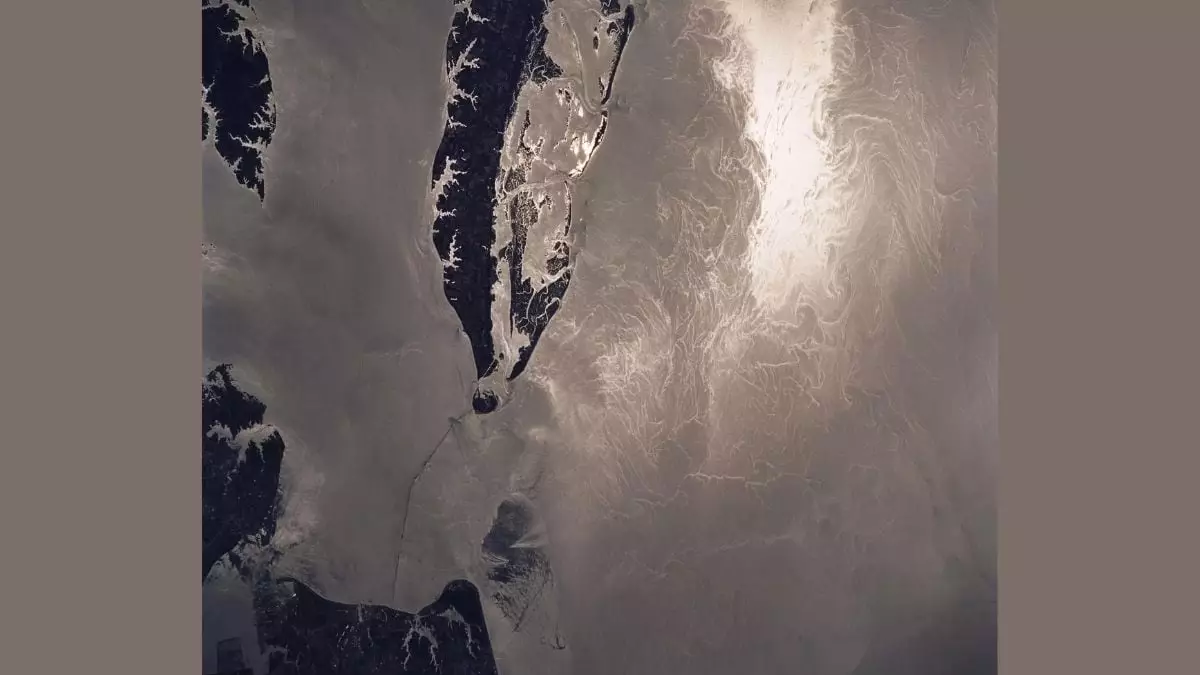In an era where climate change is a paramount concern, our understanding of the ocean’s complex dynamics is undergoing a transformative shift. The SWOT (Surface Water and Ocean Topography) satellite, a collaboration with the French space agency CNES, is at the forefront of this revelation. For too long, the minute yet impactful ocean features—such as small-scale waves and eddies—were sidelined in climate studies, overshadowed by their larger counterparts. However, recent breakthroughs have propelled these seemingly insignificant elements into the spotlight, emphasizing their crucial roles in regulating Earth’s climate and sustaining marine ecosystems.
The Sea’s Secret Architects
Through unprecedented two-dimensional imaging, the SWOT satellite has captured intricate details of these submesoscale phenomena, revealing that they cover areas as small as a mile. This remarkable clarity allows scientists to see how these currents facilitate the transfer of carbon, heat, and nutrients. Oceanographer Matthew Archer highlights the importance of these vertical currents: they are not merely passive waves but active agents that transport heat from the ocean’s depths to its surface, ultimately contributing to atmospheric warming. This insight is disconcerting—while it showcases the ocean’s role as a climate regulator, it also underscores the latent risks presented by its unpredictable nature.
The Paradigm Shift in Oceanograhic Modeling
The findings from SWOT are proof of a changing paradigm in oceanographic modeling. For years, models have taken a more simplified approach, often neglecting the nuances of vertical circulation. With the arrival of SWOT, scientists can no longer afford to ignore these smaller features; they must be integrated into existing frameworks for modeling ocean behavior. As Lee Fu from NASA’s Jet Propulsion Laboratory emphasizes, understanding these minute dynamics is critical to predicting climate changes and informing policymakers about future environmental shifts.
Furthermore, the satellite’s precision has revealed a staggering measurement: vertical circulation can occur at speeds of up to 14 meters per day in regions like the Kuroshio Current. Such swift movement illustrates just how vital these small-scale currents are in maintaining the health of surface ecosystems and facilitating energetic exchanges essential for biological productivity. The awareness of these currents reshapes our understanding of nutrient cycling and energy flow in oceanic environments.
Charting a New Course in Climate Accountability
SWOT’s real-time monitoring every 21 days provides an unparalleled perspective of our oceans. As we witness ongoing environmental changes, this technological advancement becomes a beacon of hope for climate scientists and environmental advocates alike. By illuminating how ocean-atmosphere interactions unfold, SWOT enhances our predictive capabilities regarding climate behavior, a necessity in this age of unprecedented global change.
The global implications of these findings cannot be understated. Governments must grapple with these insights as they draft climate policies. The impact of small-scale ocean features should no longer be underestimated, for their interplay with climate dynamics may prove essential in our battle against global warming. Emerging from the depths, these small forces of nature may very well redefine climate science and environmental stewardship in remarkable, yet unpredictable, ways.



Leave a Reply